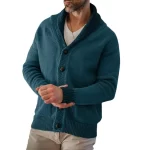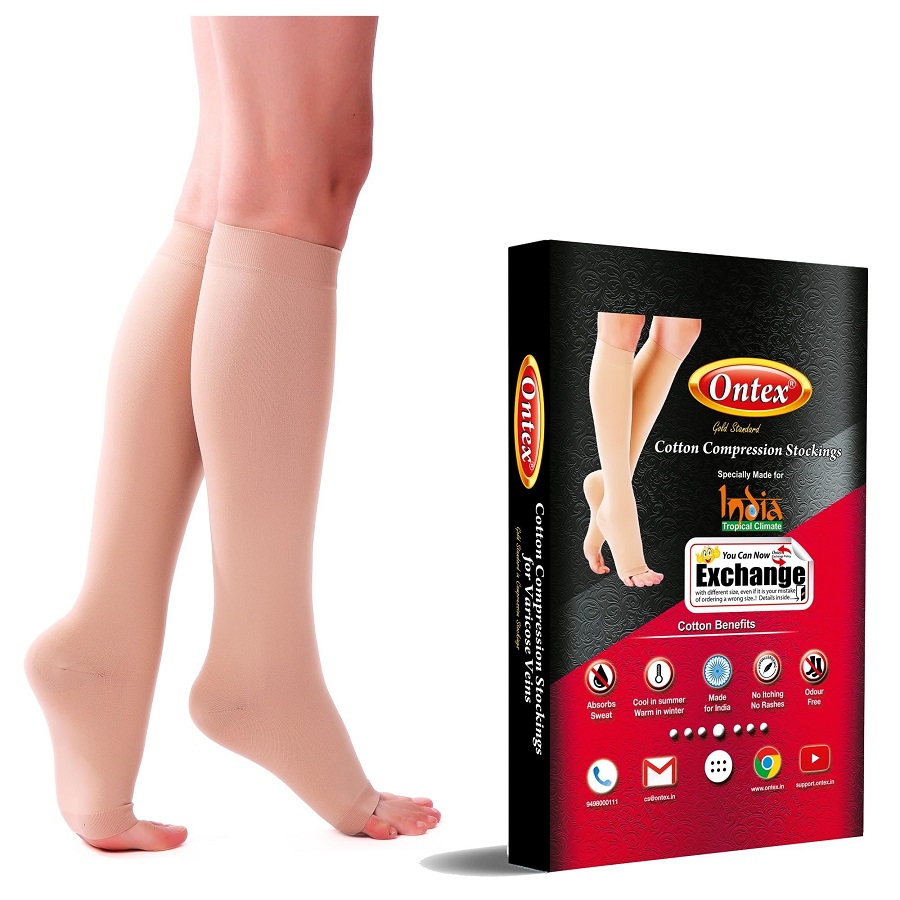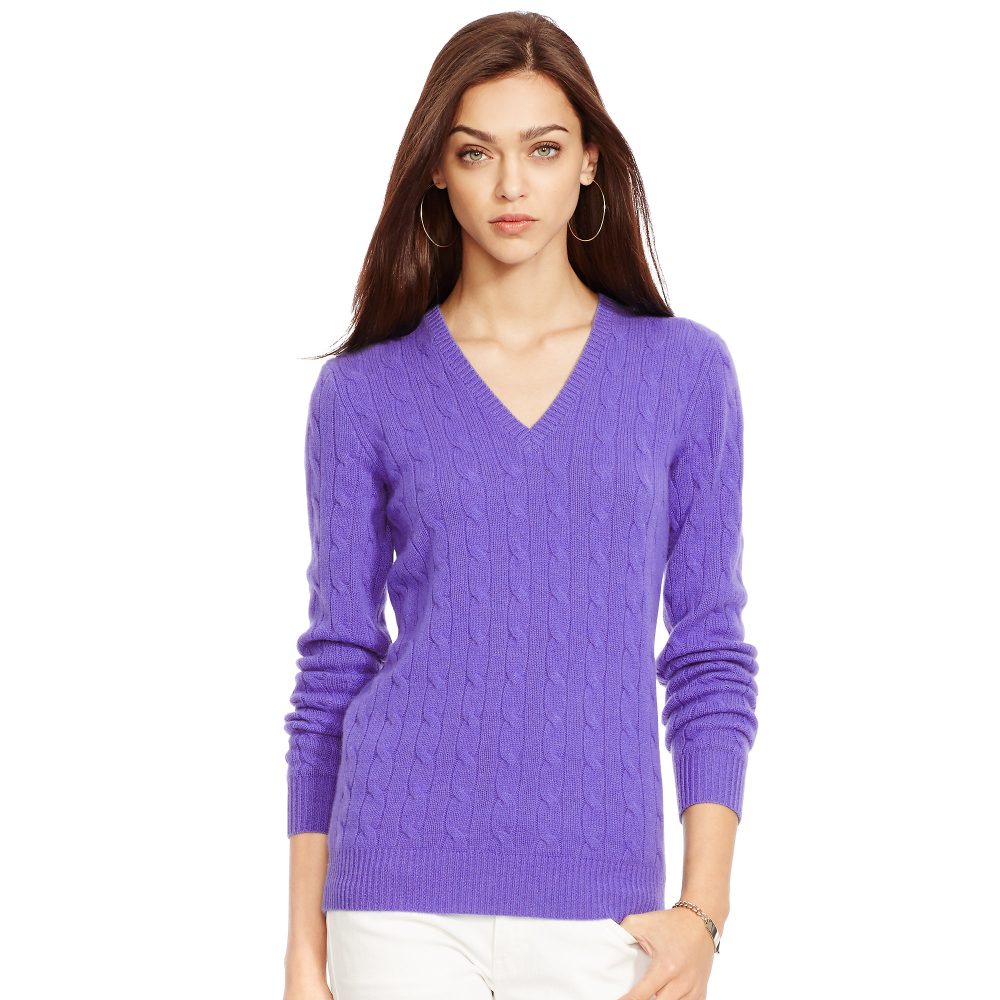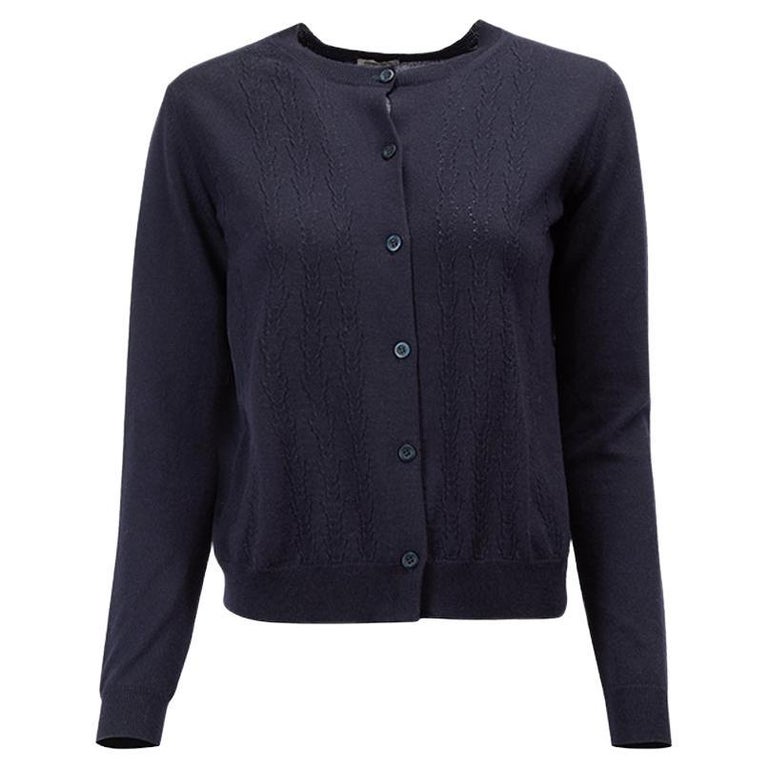What Are Compression Socks
Compression socks are specialized hosiery. They apply gentle pressure to your legs and ankles. The goal is to improve blood flow from your legs to your heart. Compression socks are different from regular socks. They are designed with a gradient of pressure. The most pressure is at the ankle. It decreases up the leg. This design helps combat the effects of gravity. It also aids in circulation during long periods of inactivity. Like when you are sitting or standing still.
People use compression socks for various reasons. Some wear them for medical conditions. Others wear them during travel. Athletes use them to enhance performance and recovery. Many walkers now consider if they should wear compression socks while walking. This is to boost comfort and endurance. These socks come in various sizes and strengths. It’s important to choose the right pair for your needs. We will explore how to do that later in the blog.

Benefits of Wearing Compression Socks While Walking
Wearing compression socks while walking has multiple benefits. The supportive pressure they provide can help reduce swelling in the legs. This is especially helpful during long walks or if you stand for extended periods. They improve blood circulation, which can lead to less fatigue and more stamina. Walkers often feel a difference in their comfort and endurance levels.
Compression socks also aid in muscle recovery. They reduce lactic acid build-up in the legs. This helps prevent soreness after walking. They can even help manage potential inflammation, speeding up recovery time. As a result, you may find that you can walk longer distances more comfortably.
Other than physical benefits, these socks can also provide a psychological boost. Knowing you’re taking steps to care for your legs can improve your walking experience. You’ll likely feel more focused and encouraged to stick with your walking routine. Choosing to wear compression socks might just be the reason you keep walking daily.
Moreover, for those concerned with vein health, compression socks help. They can prevent the development of varicose veins. This is by promoting better blood flow and taking pressure off the veins. Walkers who wear compression socks often report healthier legs over time.
In summary, deciding if you should wear compression socks while walking depends on your goals. They are beneficial for reducing swelling and fatigue, aiding recovery, and protecting vein health. By wearing the right socks, walkers could find a whole new level of comfort in their routine.
How to Choose the Right Compression Socks for Walking
Choosing the right compression socks for walking is key to maximizing benefits. It ensures that you achieve the desired level of comfort and support. Here are some steps to help you pick the perfect pair:
- Measure Your Legs: Proper fit is crucial for compression socks. Measure your calf circumference at the widest point. Check your ankle size, too. Use these measurements against sizing charts.
- Understand Compression Levels: Compression socks come in different pressure ranges. The unit of measurement is millimeters of mercury (mmHg). Light compression usually starts around 15 mmHg. Stronger compression can go up to 30 mmHg or more. For walking, mild to moderate compression often works well.
- Consider Material and Design: Look for breathable, moisture-wicking fabrics. They keep your feet dry and comfortable. Check the design for a seamless toe to avoid friction and blisters.
- Think About Length: Knee-high socks are common for walking. They offer graduated compression up the calf. Some prefer thigh-high or full tights for extra support.
- Consult with a Professional if Necessary: If you have a medical condition, talk to a healthcare professional. They can guide you to the best compression level for you.
Remember to try different brands and styles. Find what suits your walking routine best. By following these steps, you’re more likely to benefit from your compression socks.
The Science Behind Compression Therapy for Walkers
Compression therapy for walkers is grounded in medical research. The core idea is to improve venous return. By applying pressure to the lower legs, compression socks help blood move back to the heart. This can improve overall circulation. Good circulation is key during walking. It provides oxygen and nutrients to muscles. This is why you should consider wearing compression socks while walking.
When you walk, your calf muscles act like a pump. They contract and help push blood against gravity. But sometimes, they need help. Especially during long periods of walking. Compression socks add extra force. This reduces the work your muscles have to do. It allows them to focus on movement.
The graduated compression in the socks is strategic. The strongest pressure is at the ankle. It reduces as it goes up the leg. This design mirrors the body’s natural blood flow. It works with your body. It supports it and reduces the chance of blood pooling in your feet. That’s why it can be vital for walkers to use compression socks. They not only make walking more comfortable. They also help prevent issues like deep vein thrombosis (DVT).
Moreover, by boosting blood flow, compression socks reduce the risk of swelling. This can be a common issue for those who walk frequently or stand for long periods. The improved circulation also means a more efficient removal of waste products like lactic acid. This helps with muscle recovery and prevents stiffness.
In conclusion, the science of compression therapy for walkers is clear. It helps improve blood flow, reduce muscle fatigue, and speed recovery. These are all requirements for a comfortable walking experience. Next, we will debunk some common myths about compression socks, helping you understand their real benefits.
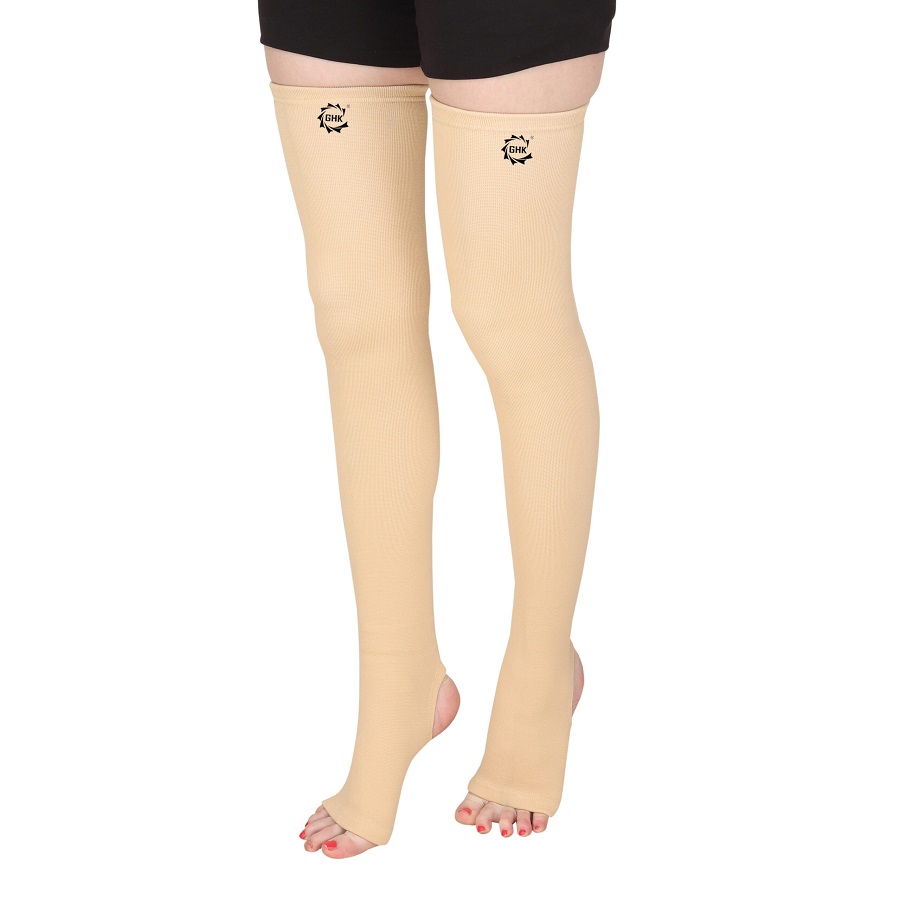
Common Myths About Compression Socks Debunked
When considering whether you should wear compression socks while walking, you might come across some misconceptions. Let’s clear up these myths so you can make an informed decision about using compression therapy.
- Compression Socks Are Only for the Elderly: While it’s true that older adults might benefit from these socks, they suit people of all ages. Walkers and athletes often use them to enhance performance and comfort.
- They Are Too Tight and Uncomfortable: A common myth is that compression socks are constrictive. If you choose the right size and compression level, they should feel snug but comfortable, never painful.
- They Can Cause Blood Clots: In fact, compression socks help prevent blood clots by improving circulation. It’s essential to wear them properly to promote good blood flow.
- Only People with Health Issues Need Them: While they often serve medical purposes, anyone can wear compression socks. They’re great for walkers looking to reduce fatigue and improve endurance.
- They’re Difficult to Put On: With practice and maybe a donning device, most people find putting on compression socks manageable. Remember, a proper fit is the key.
Debunking these myths helps you see the true benefits of compression socks for walking. By understanding the facts, you’ll be better prepared to add them to your walking routine for increased comfort and better health outcomes.
Best Practices for Wearing Compression Socks During Walks
To get the full benefits of compression socks while walking, follow these best practices:
- Wear Them Correctly: Put on your compression socks first thing in the morning. This is when your legs are least swollen. Smooth out any wrinkles to ensure even pressure.
- Start with Lower Compression: If new to compression socks, begin with a lower compression level. You can gradually increase as needed.
- Don’t Wear for Too Long: Limit how long you wear your socks. Up to a few hours during your walk or throughout your active day is often enough.
- Combine with Good Shoes: Pair your compression socks with well-fitting walking shoes. This adds to your comfort and support.
- Stay Hydrated: Drink plenty of water. Good hydration aids circulation and makes it easier for your blood to flow.
- Avoid Folding: Never fold the tops of your socks down. Folding can cause too much pressure on one spot.
- Listen to Your Body: Pay attention to how your legs feel. If you feel discomfort or pain, take the socks off.
- Check with Experts When Needed: If you have any concerns, consult a medical professional. They can advise on the best practices for wearing compression socks.
- Gradually Increase Duration: Start by wearing them for short walks. As your legs get used to them, wear them for longer.
By following these tips, you should find wearing compression socks while walking to be a beneficial experience. Remember to choose the right size and compression level for your needs as discussed earlier in the blog.
Tips for Maintaining Your Compression Socks
To ensure your compression socks continue to provide benefits, proper maintenance is key. Here’s how you can keep them in top condition:
- Wash Regularly: Clean your socks after each use. It keeps them hygienic and maintains their elasticity.
- Use Gentle Detergents: Opt for mild soap. Harsh chemicals can break down the fabric and lessen the compression.
- Avoid High Heat: Don’t use hot water for washing or a high heat setting in the dryer. Heat can damage the fibers.
- Air Dry When Possible: Lay the socks flat to dry. Avoid direct sunlight which can degrade the material.
- Follow Manufacturer Instructions: Check the label for specific care tips. Each brand may have its own recommendations.
- Inspect for Wear and Tear: Look for stretches or loose threads. Replace your socks if they show signs of damage.
- Store Properly: Keep your socks unfolded in a dry place. This helps them keep their shape.
- Rotate Pairs: If you walk often, have several pairs. This allows each pair to rest between uses.
By taking care of your compression socks, you’ll extend their life and enjoy the benefits for longer. This means you should wear compression socks while walking without worries.
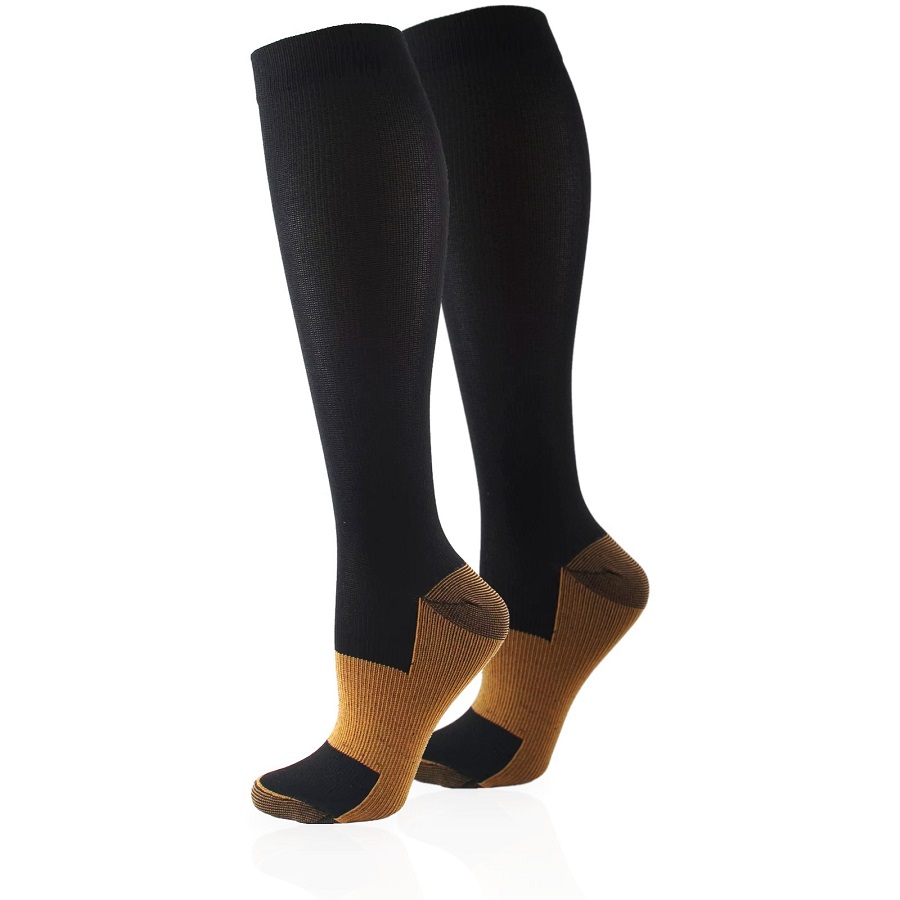
Where to Buy Compression Socks Suitable for Walkers
Finding the right place to buy compression socks is easy. You can start in local pharmacies. They often have a range of medical-grade socks. Specialty running and sports stores are another good option. They tend to stock performance-oriented compression wear. Remember to bring your leg measurements for the best fit.
Online shopping is convenient too. There are many websites selling compression socks. Look for sites with good reviews and return policies. This way, you can shop with confidence. Amazon, for instance, has a wide selection. They offer different brands and compression levels to suit your needs.
When shopping, use the tips from this blog. Check for the right size, compression level, and material. Don’t forget about the length of the socks. And if you have a medical condition, consider professional advice. This helps ensure you get socks that will help you on your walks.
Some brands specialize in compression wear for walkers. Look for these when you shop. They design socks with your specific activity in mind. Price might vary based on quality and brand. Balance your budget with the need for a reliable, comfortable product.
To sum up, you can buy compression socks in local stores or online. Use what you’ve learned to choose the best pair. And keep in mind, quality socks are an investment in your health and comfort.





